Using clean water helps improve the quality of life for rural people.
PV: Doctor, what is the current situation of clean water and environmental sanitation?
Dr. Huynh Huu Dung: Currently, our living environment is polluted, mainly due to human activities. Climate change, environmental pollution, indiscriminate exploitation and use of water, and lack of planning have caused 2.1 billion people in the world to have no clean water to use. It is predicted that by 2050, more than 2 out of 5 people in the world will face a shortage of clean water. About 80% of global wastewater is discharged into the environment without any treatment to remove pollution. Of the 20% that is treated, only a very small part is directly reused.
PV: For our province, what is the problem of clean water and environmental sanitation, Doctor?
Dr. Huynh Huu Dung: In recent years, the implementation of the National Target Programs on Clean Water and Environmental Sanitation has brought about significant results, contributing to improving people's lives. The rate of households using hygienic latrines in our province increased from 50% in 2008 to 95% in 2022. Households using hygienic water in 2008 was 88.5%, reaching 99.5% in 2022. In rural areas, 92.29% of households used hygienic bathrooms, 81.41% of households raised hygienic livestock, 90.23% of households treated hygienic waste, and 66% of households used clean water.
Rural water supply stations help people have clean water to use.
The good news is that in 2022, the whole province inspected 799 water supply facilities out of a total of 1,345 facilities under management, with 84.6% of facilities meeting the requirements for clean water and HVS water standards, while this rate in 2021 was only 36%.
PV: What are the difficulties we are facing, Doctor?
Dr. Huynh Huu Dung: Although we have achieved some positive results, we still face many difficulties and limitations.
That is, the rate of rural households using HVS water is high but not sustainable, this rate only assesses the accessibility, not the level of use.
Although the rate of clean water has increased, there is still a local shortage of water in some localities, especially in scattered residential areas, and remote communes in the Dong Thap Muoi region of the province still face many challenges.
The rate of households using hygienic latrines is increasing, however, in a few localities it is still below 70%, so communication and mobilization work requires a lot of time and money.
PV: What are the causes of the above difficulties, Doctor?
Dr. Huynh Huu Dung: Through the implementation process, it shows that communication work still faces many difficulties. Authorities at all levels have not proactively allocated resources from the local budget for implementing communication work on personal hygiene, environmental sanitation and clean water in rural areas. They have not fully recognized the importance of clean water and environmental sanitation, and have not considered this a priority task in local economic development.
Second, the mobilization of support to improve sanitation conditions has not met the demand. The team implementing communication work on clean water and sanitation is still limited in capacity, and the means of communication are lacking.
Third, there is a huge gap between knowledge and practice regarding personal hygiene, environmental sanitation and rural clean water use, especially among the poor, people in rural areas and economically disadvantaged areas. Hand washing with soap has not yet become a habit, and household hygiene practices regarding waste disposal are still limited.
PV: What solutions are there to provide enough clean water for human needs while natural water resources are increasingly depleted, scarce and polluted, Doctor?
Dr. Huynh Huu Dung: The solution is to recycle to have enough HVS water. Recycling wastewater from bathrooms, washing machines, swimming pools and industrial production,... if widely implemented can help save water resources and reduce toxic emissions into the environment. Recycled water can be used to supply toilets, water trees, clean roads or industrial facilities,... return to the natural environment or even turn into drinking water.
Along with research, development, investment in upgrading the wastewater recycling system into clean water, the issue of sustainable management, operation, and exploitation of rural water supply and sanitation works must be given top priority. In addition, each person needs to be aware of protecting water resources through small daily actions such as not dumping waste directly into rivers, lakes, and seas; limiting the use of strong cleaning chemicals; and avoiding the use of pesticides in agriculture.
PV: Thank you, Doctor!./.
Thanh Binh
Source link


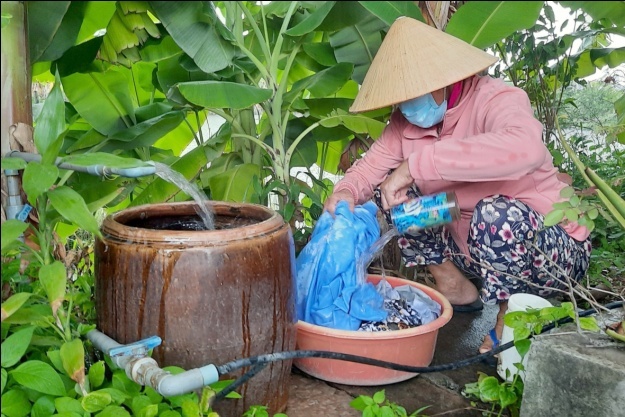
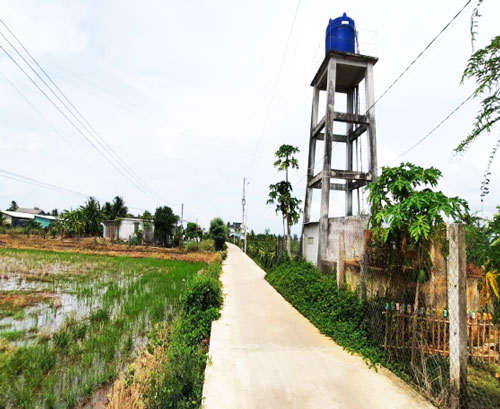
![[Photo] Party and State leaders visit former President Tran Duc Luong](https://vphoto.vietnam.vn/thumb/1200x675/vietnam/resource/IMAGE/2025/5/24/960db9b19102400e8df68d5a6caadcf6)


![[Photo] Ho Chi Minh City holds funeral for former President Tran Duc Luong](https://vphoto.vietnam.vn/thumb/1200x675/vietnam/resource/IMAGE/2025/5/24/9c1858ebd3d04170b6cef2e6bcb2019e)


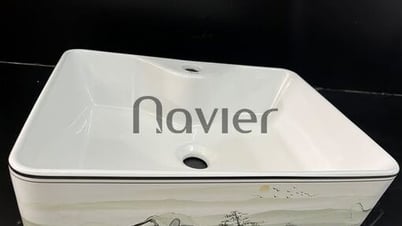
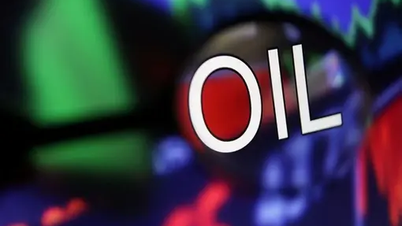
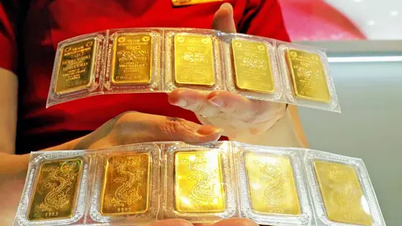

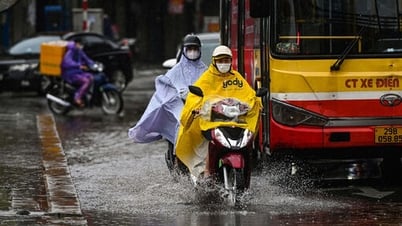
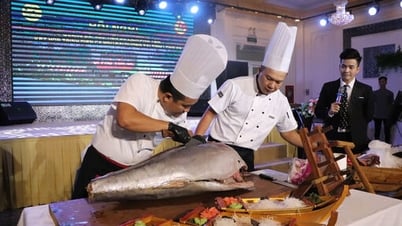




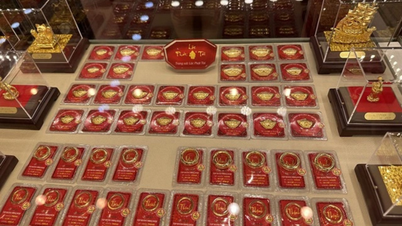
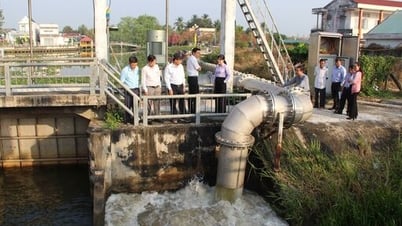

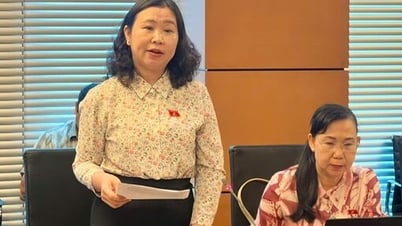
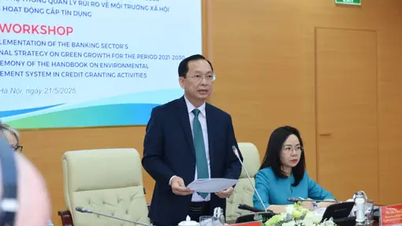
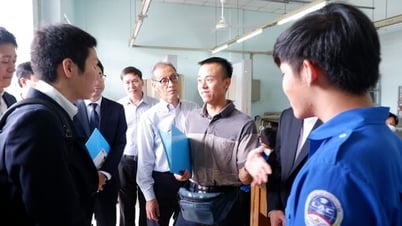

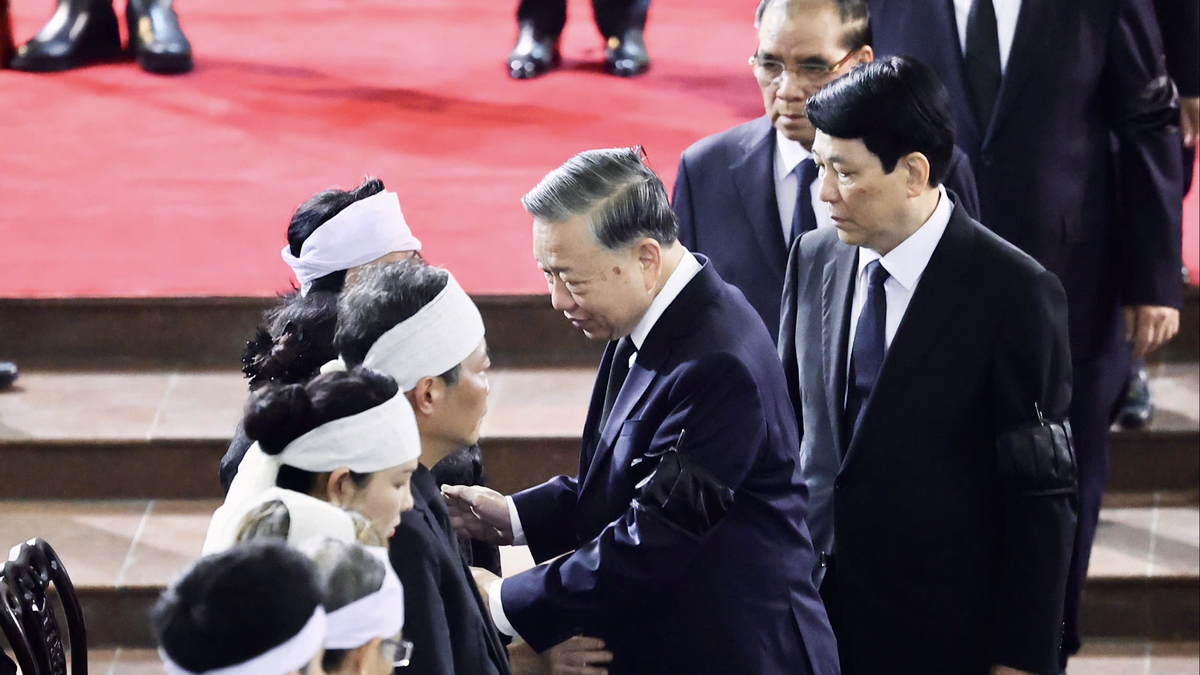








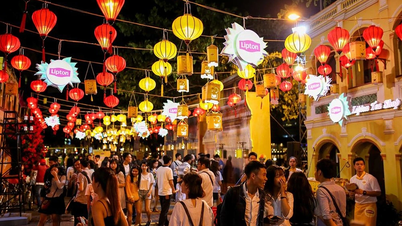

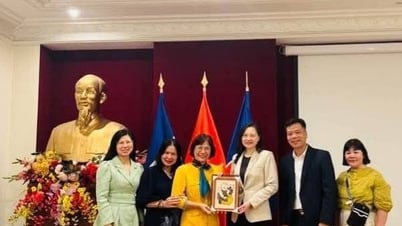


























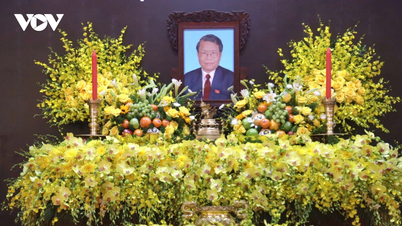
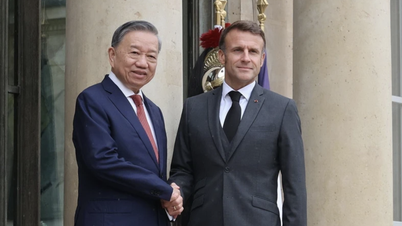
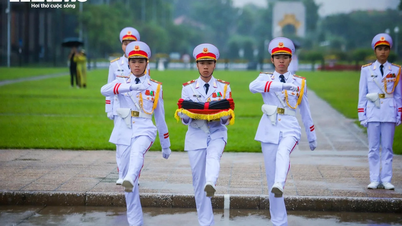








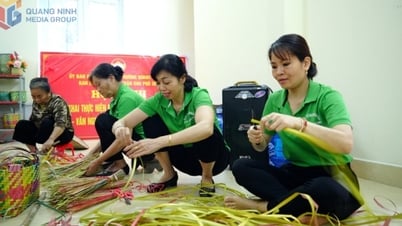

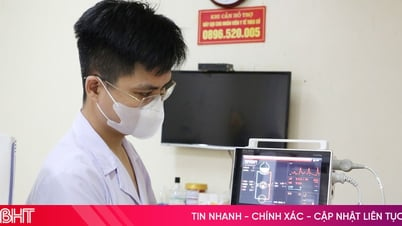

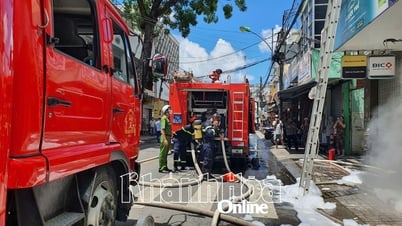

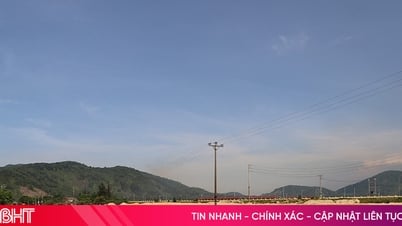


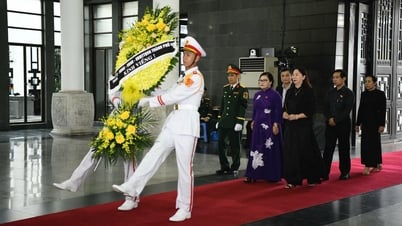













Comment (0)